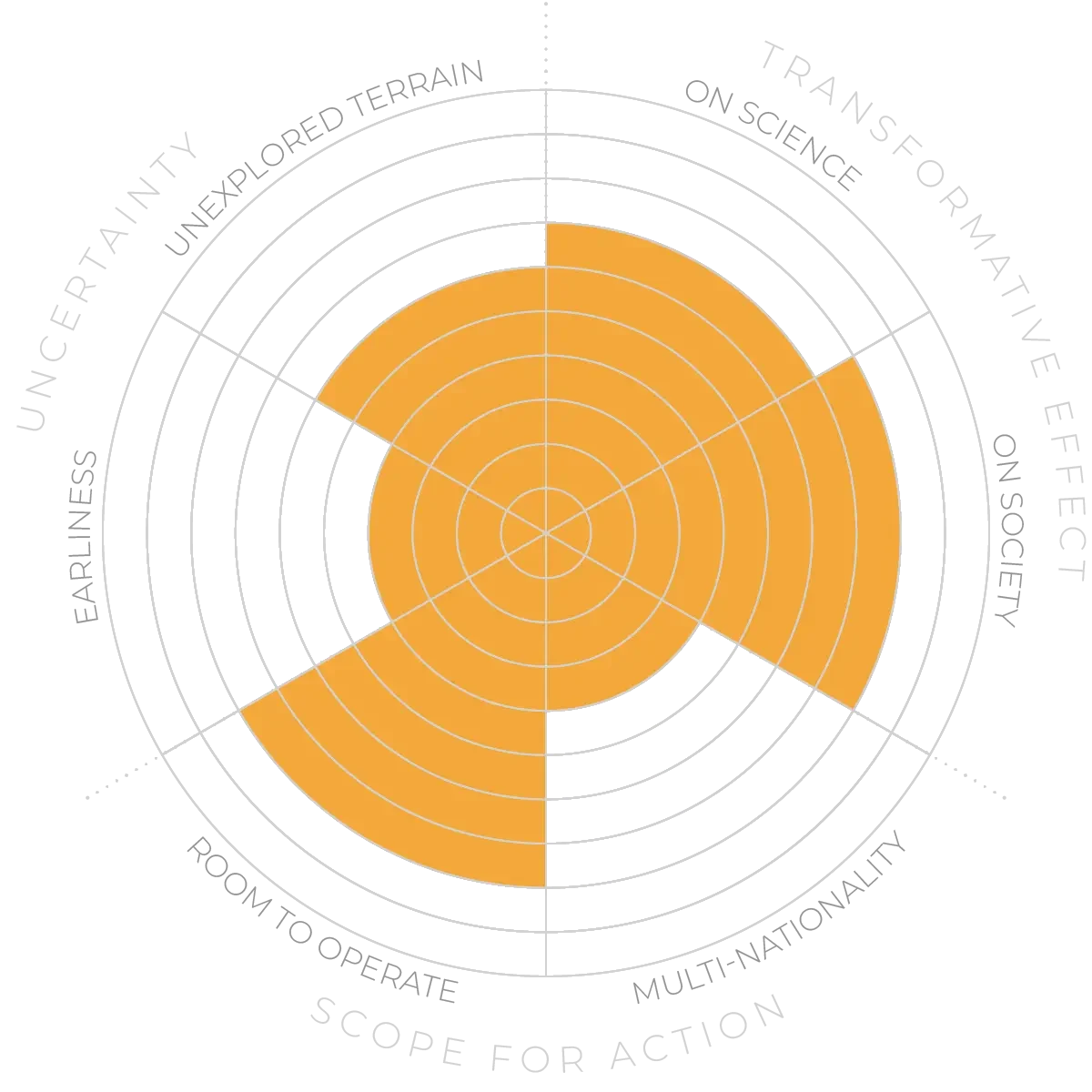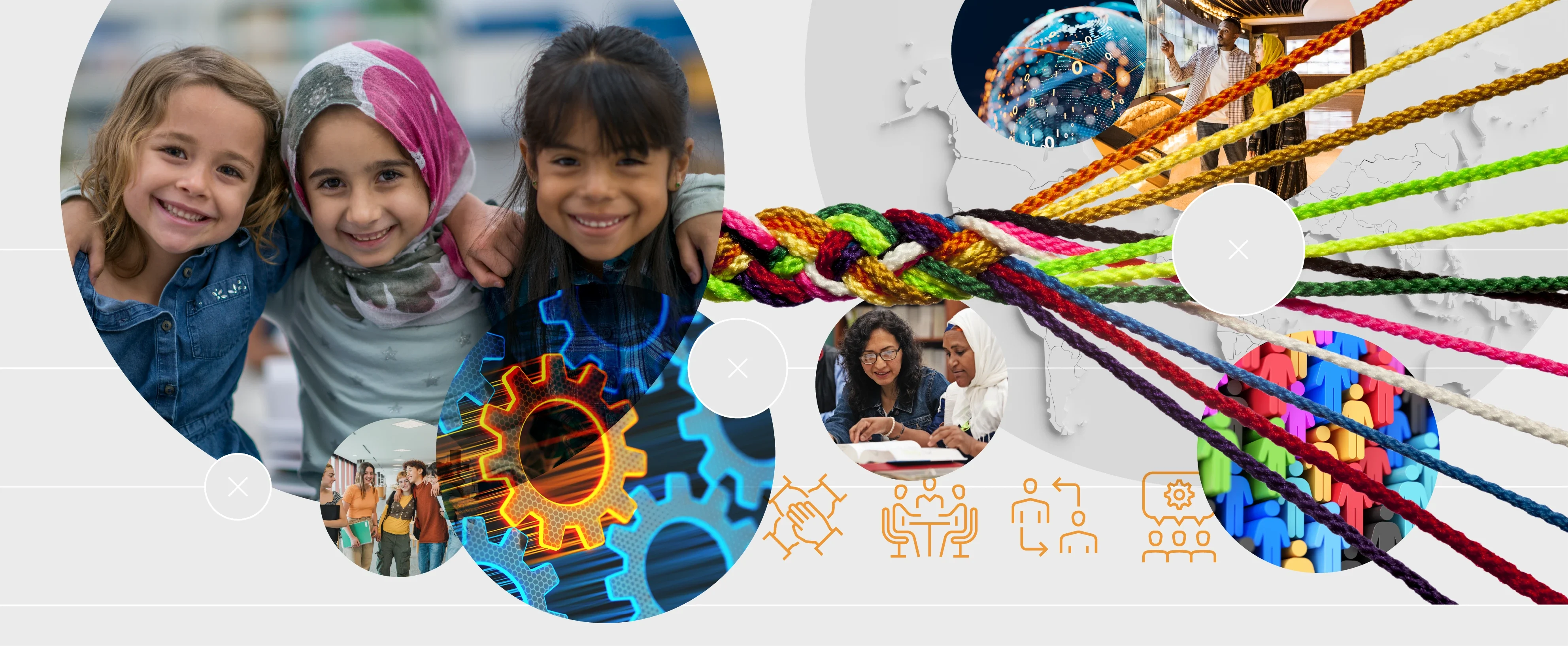Future Horizons:
10-yearhorizon
Careful deployment of interventions begins
25-yearhorizon
Refined, customisable interventions improve intergroup relations
However, this has also highlighted the need to optimise interventions for particular contexts. Interventions may be categorised by what they hope to achieve, how they hope to achieve it and how they can be delivered, but this needs to be supplemented with greater consideration of precisely what attitude or behaviour they are targeting, who they are trying to reach and how effectively they can be delivered within a particular operating environment. They also need to account for the level at which they operate — of individuals (for example, education), groups (exchange programmes) or societies (anti-discrimination laws).5
To achieve this, there will need to be greater structure and cross-disciplinary collaboration in the design of interventions. Perhaps most important, any research efforts will need to be developed and delivered in collaboration with local community leaders and citizens. Interventions at one level can have effects at different levels (anti-bigotry museum exhibits can encourage social mixing, for example) and over different timescales. They can also interfere with each other. That means they need to be carefully implemented in a way that allows them to be compared on a more systematic basis. Evaluation will need to be comprehensive and holistic (with great sensitivity to the possibility of unintended consequences), and geared towards practical solutions rather than improvements in some relatively abstract social variables.
Optimisation of intervention research - Anticipation Scores
The Anticipation Potential of a research field is determined by the capacity for impactful action in the present, considering possible future transformative breakthroughs in a field over a 25-year outlook. A field with a high Anticipation Potential, therefore, combines the potential range of future transformative possibilities engendered by a research area with a wide field of opportunities for action in the present. We asked researchers in the field to anticipate:
- The uncertainty related to future science breakthroughs in the field
- The transformative effect anticipated breakthroughs may have on research and society
- The scope for action in the present in relation to anticipated breakthroughs.
This chart represents a summary of their responses to each of these elements, which when combined, provide the Anticipation Potential for the topic. See methodology for more information.



